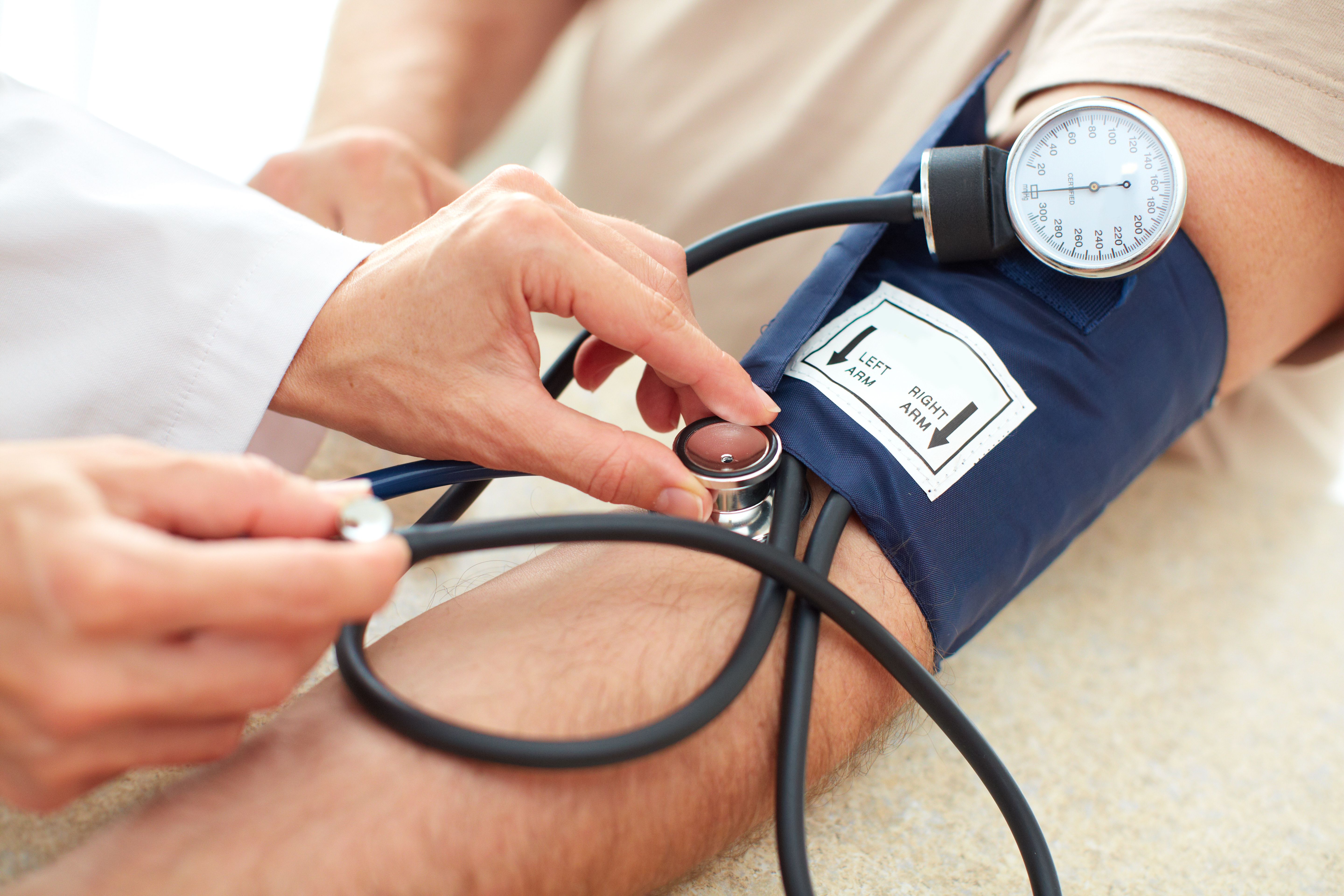Article
Advice for Taking the NYS Wet Lab
New pharmacy school graduates seeking licensing in New York State (NYS) will soon take the NYS Wet Lab.
New pharmacy school graduates seeking licensing in New York State (NYS) will soon take the NYS Wet Lab.
I took this exam in January 2015 and distinctly remember it was very difficult to find recommendations, advice, or study materials for it.
The NYS Wet Lab consists of 2 parts over the course of 2 days. Day 1 is a written examination with mostly short-answer questions worth 40 points, while Day 2 is a compounding portion worth 60 points.
There are a couple of things that are consistently overlooked, which can cause some minor panic on test day. For the written examination on Day 1, most testing centers will have everyone take it together in a large lecture hall, but for the compounding portion on Day 2, there are often multiple testing times.
Make sure you show up to the right testing time dressed professionally with your white coat. Don’t forget to bring your admission letter, ID, calculator, pens, and any other materials you’re told to bring.
In terms of studying, make sure to review clinical information, NYS law, and requirements for animal prescriptions. Think of the compounding portion as a combination of clinical, law, and compounding in 1 hard-hitting test.
Day 1: Written Examination
Each section of the written exam will test you differently and tell you exactly how to answer the questions, whether it’s in a few sentences or 10 words or less. I can’t stress this enough: read the directions!
The first part is a Look-Alike, Sound-Alike, which involves matching each drug name to its FDA-approved indication. Each set is worth 1 point for a total of 8 points for 16 matches. Expect about half of them to be difficult medications, so you’ll need to study the more difficult brand names of cancer drugs and injectable solutions.
The next section asks you to describe an issue at hand and how you’d proceed based on the provided NYS prescription and the patient’s refill history. Don’t just write “call the prescriber” if you’d do so to suggest an alternative. If it’s a minor drug interaction and you’d counsel the patient, then that’s what you should write.
The section after that presents a prescription, drug pulled, and dispensing label, and you’ll need to write if it’s okay to dispense or detail why you wouldn’t dispense it in 10 words or less.
Day 2: Compounding Portion
Many often wonder if they actually need to purchase all of the materials to compound on Day 2. Every testing center is different, so I suggest you call ahead or ask those who used the same testing center the previous year.
I bought all of the recommended items, plus items I personally prefer to use. I ended up using most of the testing center’s materials, but I was still happy I had them with me.
Some materials you may want to consider purchasing include a rubber spatula, metal spoons, soap, paper towels, calculator, and rubber gloves. If you end up making capsules, you’re not provided gloves to wear while packing them, but fingerprints on capsules aren’t acceptable. Therefore, I recommend either bringing gloves or using an extra capsule to cover the one you’re packing, so your final capsule doesn’t get too dirty. The spatula can also help you get the entire product out of the containers you’re compounding in.
The test measures all of the ingredients you used to compound, the leftover ingredients, and the final product. Essentially, if you use extra ingredients to get more product, it will hurt your score.
Each test-taker makes an IV and labels for the bag. There are multiple products when you enter the room, so you’ll need to know the correct drug and quantity to grab. If you ask if you need to clean the hood, they’ll say you don’t need to but it’s good practice.
You have time to set up all your materials before the test starts. Make sure everything is in the middle of the hood and lined up perfectly, so you won’t need to cross your arms or product without compromising airflow. You’ll have 10 minutes to compound the IV and 1 opportunity to remake it if necessary.
Some test-takers aren’t ready to create their own steps and directions for preparing the compound, but part of your points come from your ability to write down the steps you took to make it. Therefore, I recommend being very detailed with your directions and using proper language.
Did you mix it by using geometric dilution? Include how much of each product you measured, where you measured it, and what it measured in your directions.
Another slightly uncomfortable experience is the proctors watching your every move. There’s 1 proctor for about every 4 to 6 students, depending on where you test, and proctors watch what you’re doing, ask you questions as you go, and preview every product you make. Be comfortable with what you’re doing and you won’t have to worry about making a mistake.
There will also be clinical questions mixed in with the compounding portion relative to the products you’re making.
When in doubt, taking a prep course can take your studying to the next level and ensure you’ll walk into the exam with confidence.
Newsletter
Stay informed on drug updates, treatment guidelines, and pharmacy practice trends—subscribe to Pharmacy Times for weekly clinical insights.






